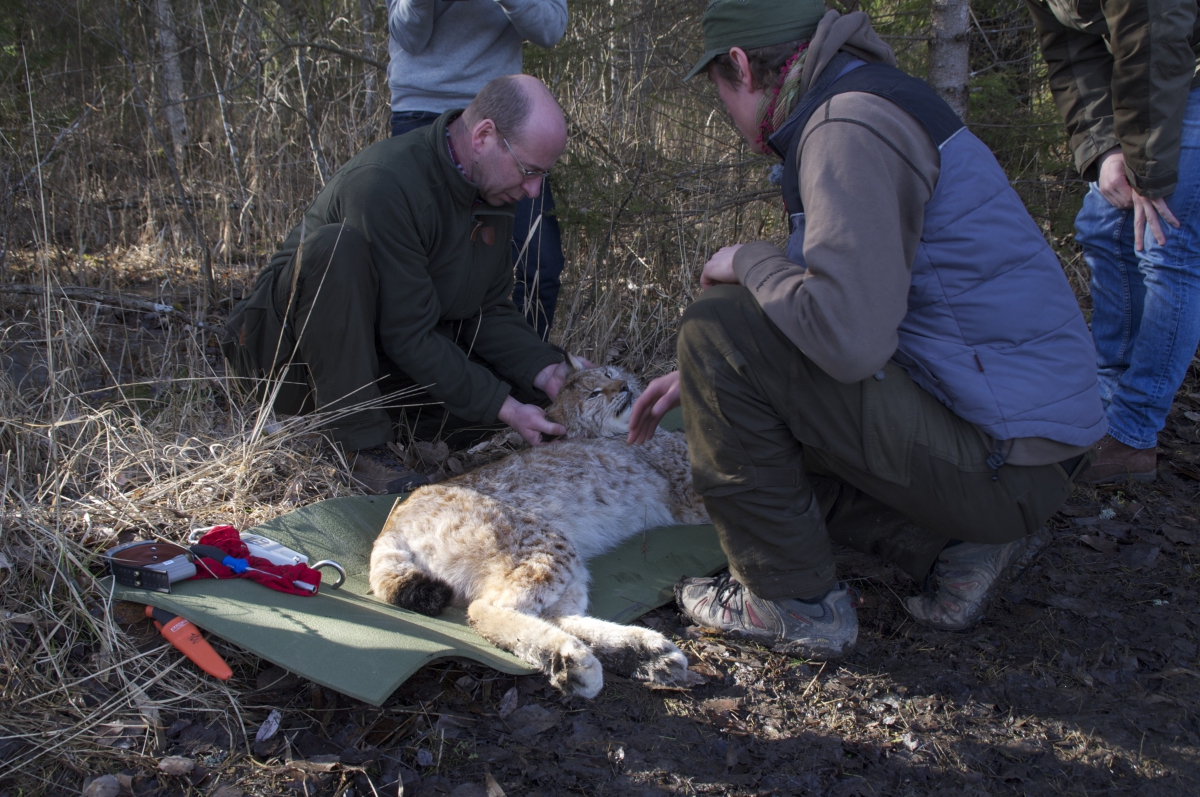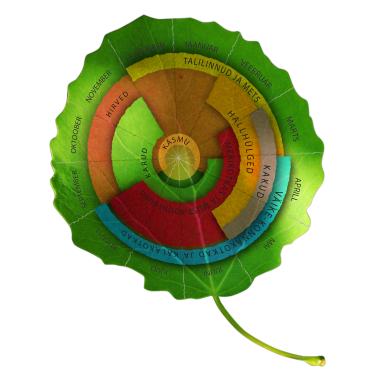
This year one lynx in Polvamaa wears a satellite collar. In the image zoologists from the Estonian Environment Agency put the collar on the anesthetized cat.
Photo: Jaanus Remm
Estonian text posted by the Animal of the Year Team 19.01.2018
Translation Liis
Zoologist Raido Kont writes about the collar marking of Estonian lynxes.
Why are lynxes in
In order to use the surveillance method employed in
Raido Kont talks more about our lynxes with satellite collars on Thursday January 25 at 18.00 o’clock in the cafeteria of the





